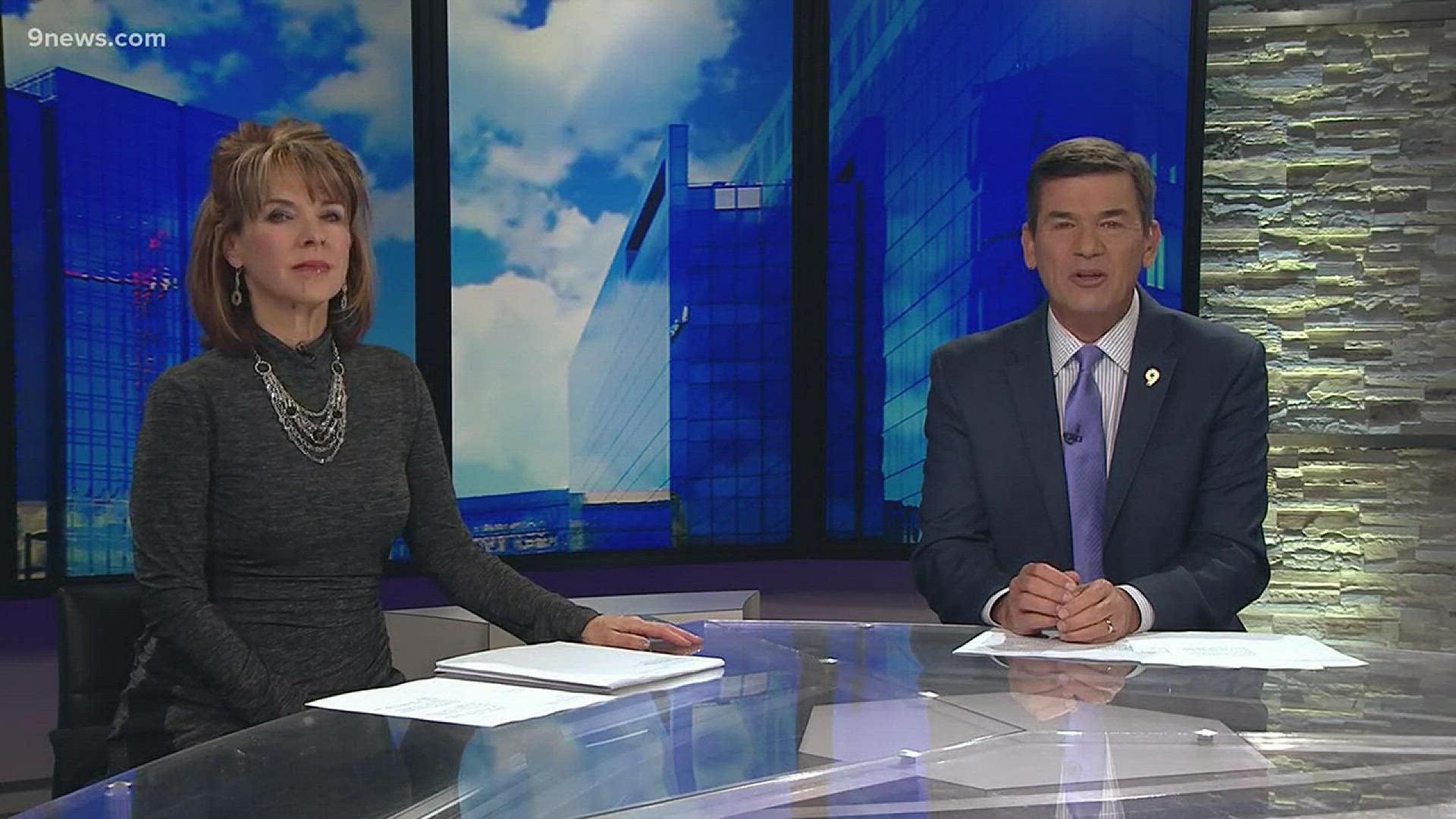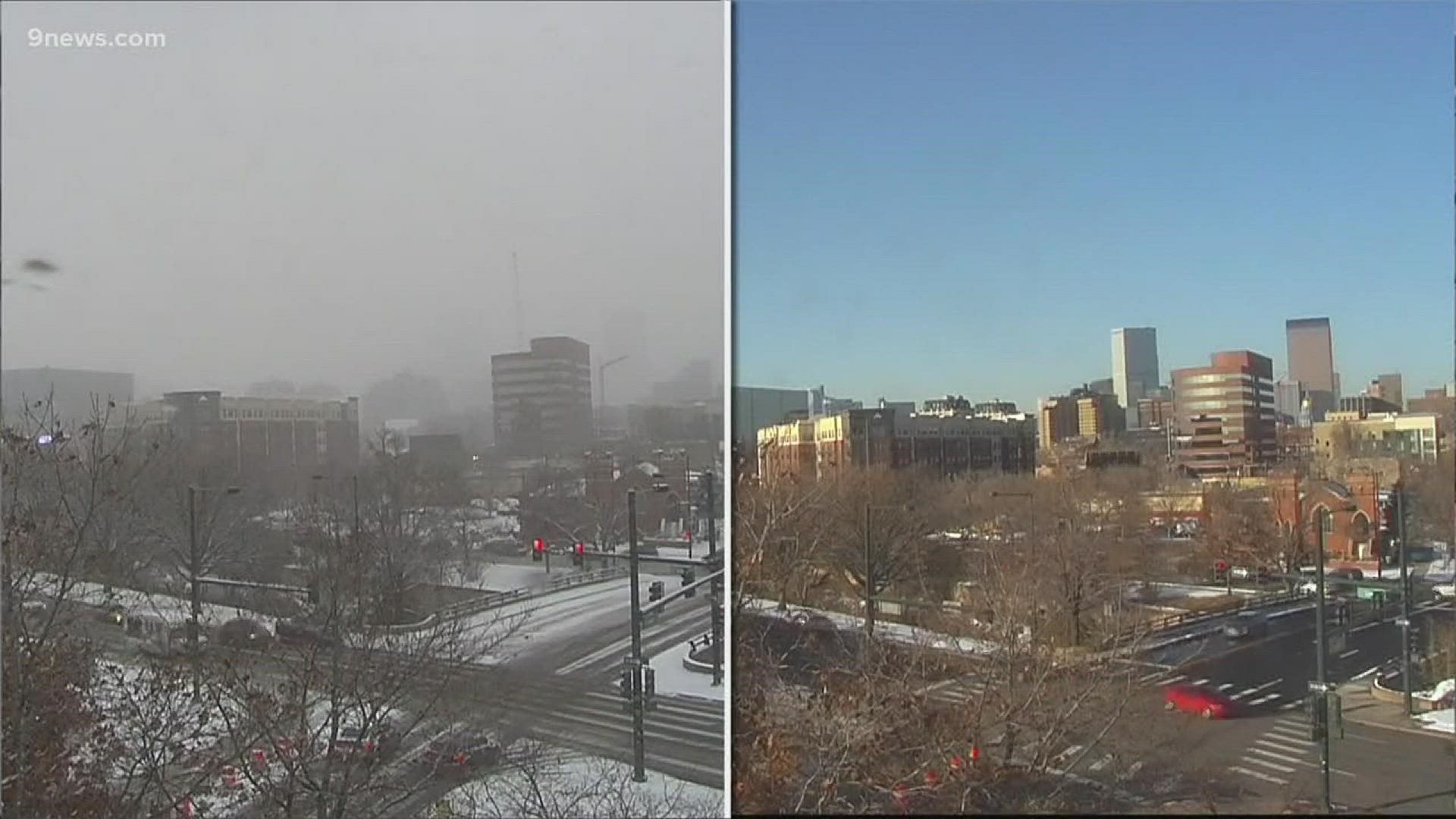It’s November in Colorado, and even if you’re fresh off the U-Haul from California, it probably still won’t shock you that it snowed.
And, because it snowed, the roads were worse than when there’s not snow. There was ice, because that’s what happens to water when temperatures get below freezing, and some people even took to Facebook to proclaim that this is the worst commute the world has ever seen.
You may have heard the word “hyperbole” in high school English, and that most assuredly applies here. However, this is the first major snowstorm of the year, and folks are probably a little rusty since it’s been a while since the last time this has happened.
So, here’s our look at this snowstorm … and what you can do to make the next one go a little bit smoother. You’ve got this, Colorado!

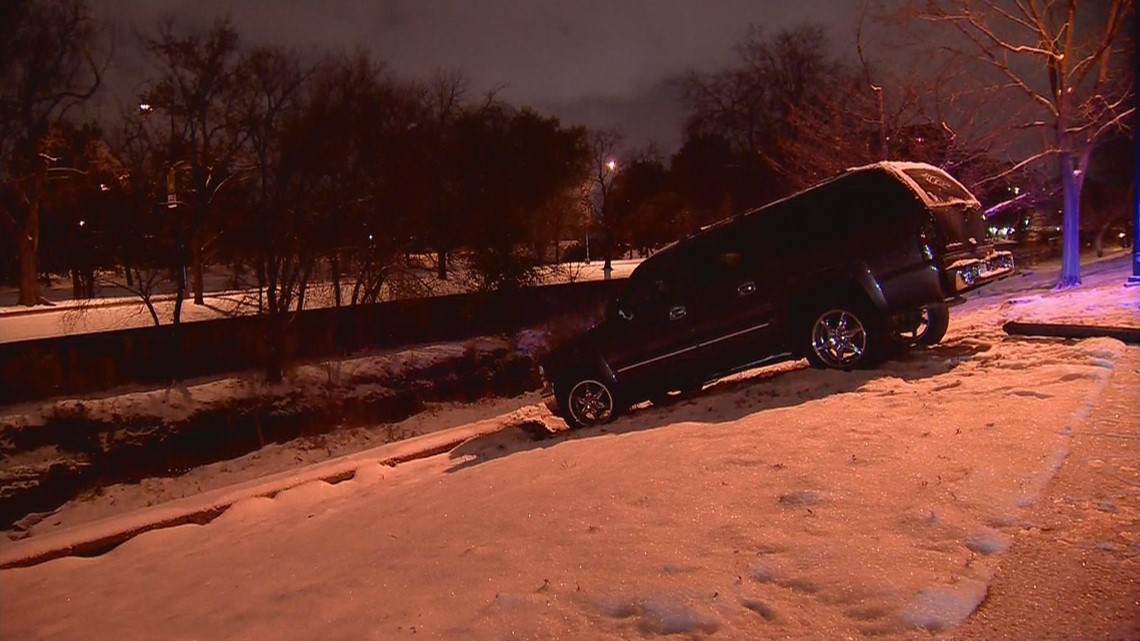
Let’s talk about this particular storm
It started snowing late Saturday night, and kept going on-and-off until Monday morning. There was nearly a foot of snow in the foothills near Boulder, around 3 inches at Denver International Airport, and more or less in other parts of the state.
The long storm meant there were multiple wrecks in the Denver metro area on Sunday and Monday – and what would be short drives took much longer. For instance, there was a 15-car pileup near downtown Denver and a 22-car wreck on Interstate 70 near Colorado Boulevard.
With that being said, no one was seriously hurt in any of the wrecks – despite admittedly poor conditions on the roads.

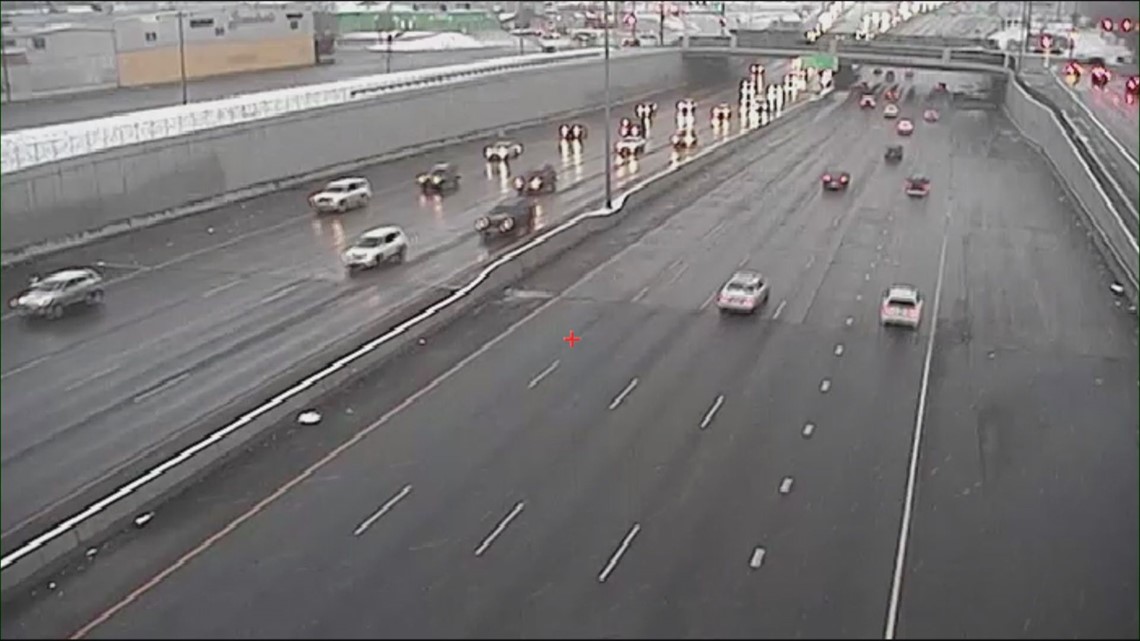
What can you do to prevent wrecks?
Look, we’ve all heard this advice a million times (or at least Googled what to do if it’s your first time driving in snow): Slow down, give other drivers plenty of space, and don’t slam on your brakes.
It takes time to get good at this, and your first time driving in the snow after a long layover could feel like trial by fire. Here’s a look at some of our previous coverage about driving in the snow:


Um … there’s snow in the road. Will someone take care of that?
Yes, but this is Colorado, so unless you’re solidly in the shade, the sun should melt the stuff on the asphalt in no time.
The Colorado Department of Transportation is tasked with treating and plowing the state’s most heavily-trafficked roads (example: I-25). According to their website, they use liquid and solid deicers only on super busy roads, and will continue to treat the pavement as the snow starts to fall.
These deicers prevent precipitation from freezing onto the roads.
In the 24 hours after the storm, CDOT plow crews will scour the roads – with more attention paid to busy ones (obviously). You can see CDOT’s full explainer here: bit.ly/2qIUgOR
Ok, so that’s the deal with the busy roads.
But what about in your neighborhood? WHAT IF YOU CAN’T GET TO THE BUSY ROADS?

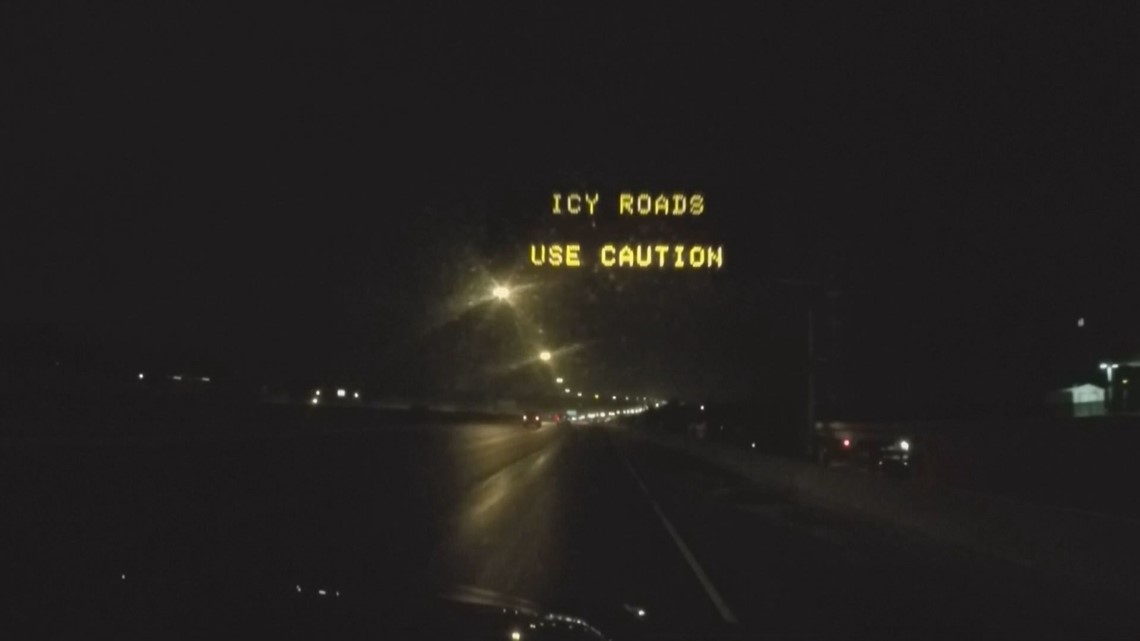
That’s up to specific jurisdictions and often, the storm has to rise to a certain level before a city or county will deploy residential plows.
According to the city of Denver’s website, while it has 70 full-size plows, there are 36 small enough for side streets.
This plowing only occurs from 10 p.m. to 3 p.m. if it’s necessary, and the smaller plows will take one pass down side streets, shaving off only the top few inches of snowpack, but not exposing pavement.
Read an explainer from the city of Denver here – and check your city or county’s website for their policy when it comes to residential plowing: bit.ly/2hSUfV9
TLDR: CDOT will plow the main roads, but your side street likely won’t be plowed in a minor storm.
What else should I do after it snows?
If you live in Denver, shovel your sidewalk as soon as possible. The city begins enforcement the same day of storms for businesses and the next day for residential areas.
People who don’t shovel their sidewalks could be hit with a $150 fine. And if you see a neighbor who isn’t doing their part to keep sidewalks clear, call 311.
Another thing to do after it snows? Actually enjoy it.
Honestly, it’s beautiful out – and if you’re being safe, there’s no reason not to treasure the fact you live in a place with four distinct seasons (we’re looking at you, California).

